Published: 00:00 Thursday - June 03, 2010
The book "Dai Nam Nhat Thong Chi" (Essays on the Great United Vietnam) written by historians at the time of King Tu Duc (1847-1883) under the Nguyen Dynasty, described the Pagoda's location as follows on the top of the hill, there are many old trees, wild flowers and plants. Along the hillside, there are caves and grottoes and streams, and the houses of local residents. The entire environment is very tranquil."
In 1993 Hoi Son Pagoda was classified as a National Treasure and a historical site.
Since its foundation, Hoi Son Pagoda has seen 13 vergers. The Pagoda's main chamber was restored and expanded, and upgraded with more interesting architectural works built, portraiting the culture and religion of the Viet, Hoa and Kh'mer groups.
The main chamber was built in the Mahayana style and square shape, with brick walls, a Yin-Yang tile roof, and a floor of baked bricks. In the chamber there are statues on display and the principle of "Buddha worshipped in the front, the pagoda's vergers at the back". On the front shrine, there are a set of Tay Phuong Tam Thanh (Tay Phuong Three Buddhas, namely Mahasthanaprata Bodhisattva, Amitabha Buddha and Avalokitesvara). On its two sides are statues of the Guardians, 18 Arhats and Kwan Yin. At the back of the main chamber, there are statues of Most Venerable Dao Thanh Khanh Long and three bonzes, who founded pagodas in other areas. The alters are dedicated to nuns Nhu Thanh and Nhu Tien and the latest verger. The path that leads to the shrine dedicated to Guangong winds up the hill. Although there is some mixtures in its architecture, the prevailing overview of Hoi Son Pagoda is the tranquility of the Mahayana traditional pagodas of the Viet people. The correlation between the Viet and the Kh'mer people's Buddhist religion is reflected in the huge statue sitting in meditation under a parasol decorated with a dragon head (in Kh'mer Pagoda the parasol is decorated with a snake head). Meanwhile at the pagodas of the Hoa ethnic group, the shrine dedicated to Guangong reflects the connection between the religions of the Viet and the Hoa people.
According to the current verger of Hoi Son Pagoda, the Most Venerable Thich Thien Hao, through the ups and downs in its history, some ancient statues were lost, for example the statue of the Sun and the Moon Gods. However, many historical artefacts of religious value have been preserved, one of which is the great panel inscribed with writings by King Khai Dinh (1916-1925) when he visited the pagoda, now on display in the main chamber. There are four banyan trees standing in the courtyard, and a couple of parallel sentences, inscribed with prayers for the country's prosperity and its people's peaceful existence.
Hoi Son Pagoda often holds prayer meetings and ceremonies that involve setting free captured birds and animals, and it takes in social and charitable activities. On the first and fifteenth days of every lunar month, Buddhist believers and tourists from many parts of the country come to Hoi Son Pagoda to sight-see or worship. Due to its beautiful and romantic location, the Pagoda is also a rendezvous for many young couples who visit and pray for good luck and everlasting love.

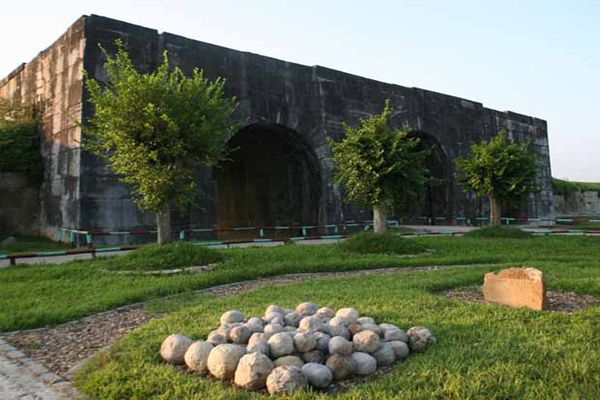
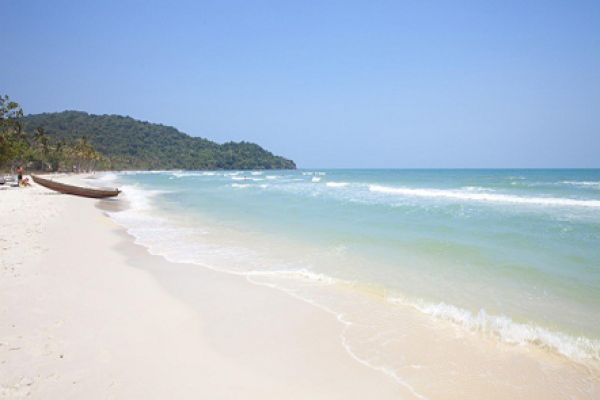
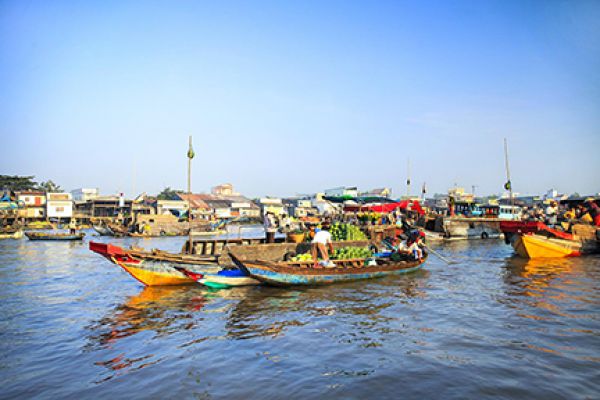



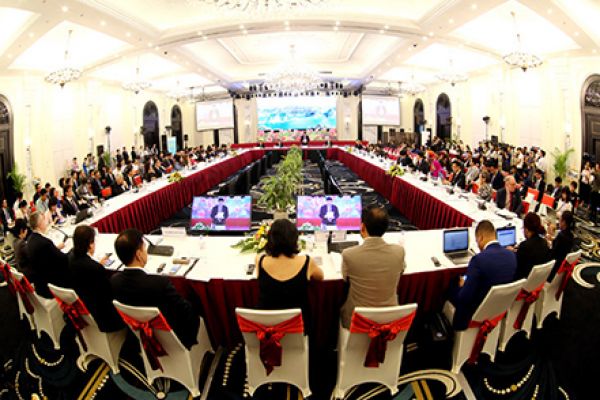
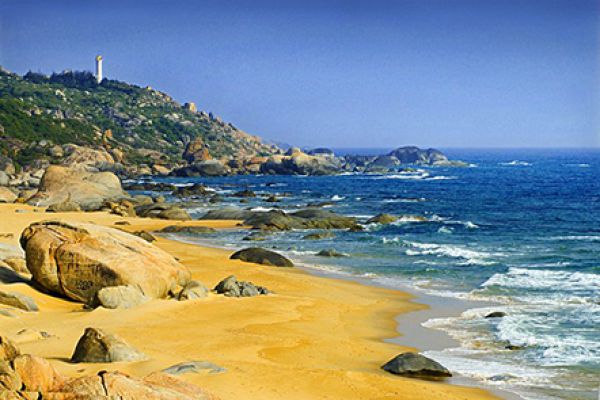
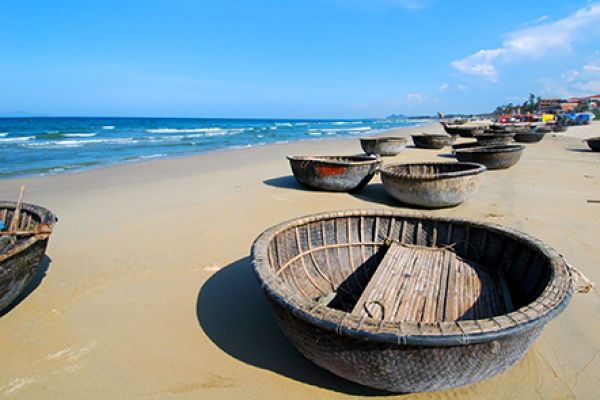
(84-63) 3 826042 – (84-63) 3 511142
No 54 Nguyen Dinh Chieu, Ham Tien Central Mui Ne Beach Binh Thuan Vietnam
523 To Hien Thanh District 10 Ho Chi Minh City Vietnam
Ha Long Halong City Quang Ninh Vietnam
A13 Hung Thong 2 Halong City Quang Ninh Vietnam




